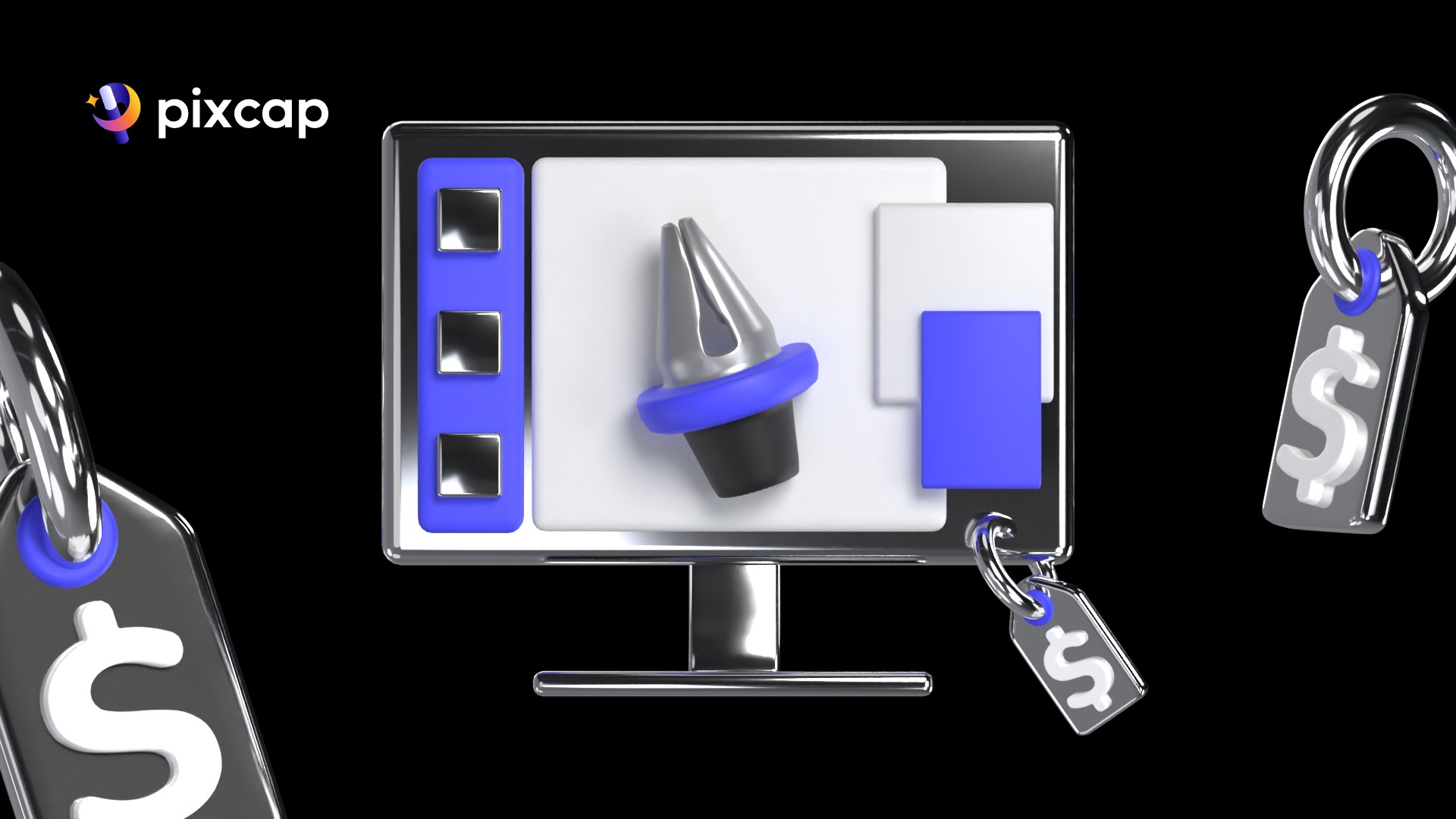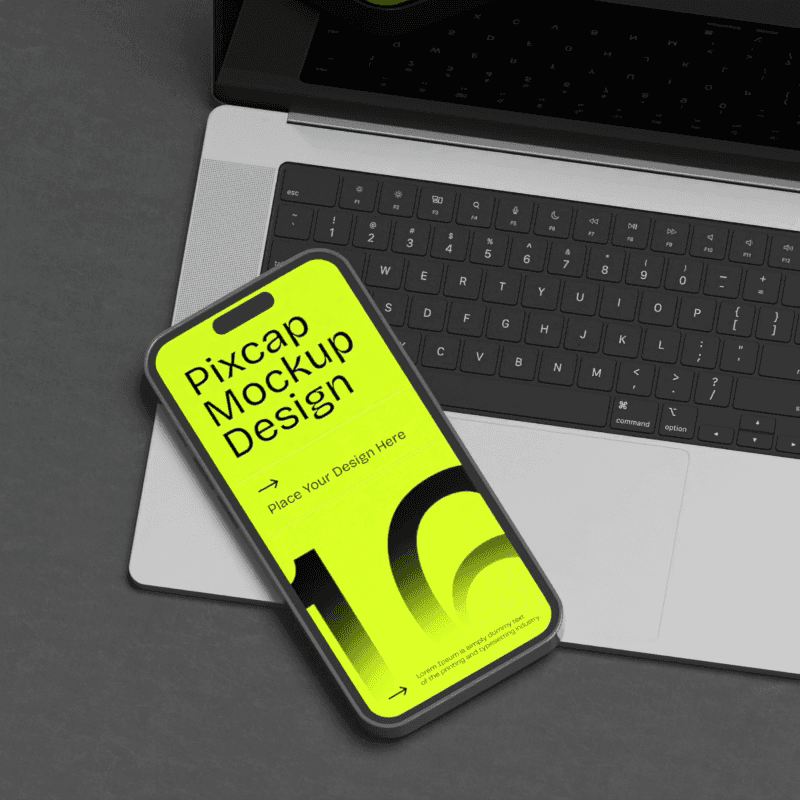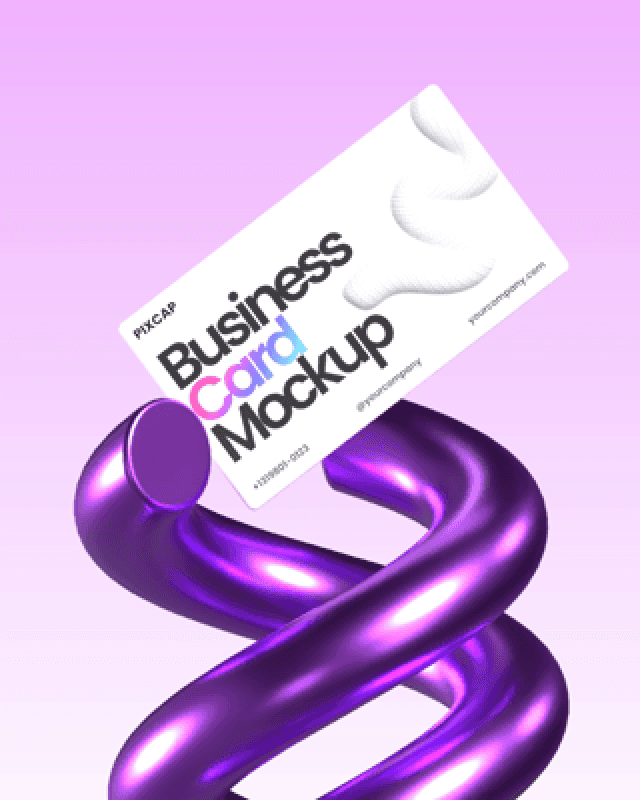Are you a graphic designer struggling to create a pricing list for your services? Look no further! In this comprehensive guide, we will demystify graphic design pricing and provide you with all the necessary information to create an effective and competitive pricing list.
Whether you are just starting out as a freelance graphic designer or looking to revamp your existing pricing structure, this guide will walk you through the key factors to consider, such as your target audience, the value of your services, and industry standards.
By the end of this guide, graphic designers will have a clear understanding of how to price your graphic design services and create a pricing list that aligns with your goals and attracts your target audience. So, let's dive in and unravel the secrets of graphic design pricing!
Unraveling the Complexity of Graphic Design Pricing
The Importance of Having a Pricing List
Having a well-defined graphic design pricing list is crucial for all freelance graphic designers, looking to run a successful business. It sets clear expectations for clients and avoids the ambiguity that can lead to misunderstandings or potential conflicts.
A pricing list also reflects your professionalism and assures clients that you are serious about your work. Moreover, it helps in streamlining your operations by saving time on negotiations and helping you to quickly filter out clients who may not fit your target market or budget requirements.
Importantly, a comprehensive pricing list allows you to compete effectively by showing potential clients that you offer services with transparent and justifiable costs. In essence, a graphic design pricing list is not just a tool for setting prices; it's a communication tool that defines the value of your services and establishes trust with your clients.
Pricing List: Understanding Its Basics
The foundation of a graphic design pricing list lies in its ability to convey your rates and services in a simple and clear manner. At its core, the list should categorize your services, whether they are logo design, branding packages, or web design. Each category should have a corresponding price range that accounts for the scope and complexity of the work.
It's important for this list to be adaptable, as projects can vary greatly. Including a starting price can set a baseline, while leaving room for adjustments based on individual project details. Additionally, your pricing list should outline the process for clients, from initial consultation to final delivery, which helps in managing their expectations.
Understanding the basics of a freelance graphic design pricing list also means recognizing its role in your marketing strategy—it's often the first indicator of your business approach and value proposition to potential clients.
How to Determine Your Pricing
Determining your pricing involves a mix of self-assessment and market research. Start by evaluating your level of expertise, experience, and the quality of your work. These factors greatly influence what you can justifiably charge.
Next, research what other graphic designers, with similar skills and offerings are charging. This gives you a competitive baseline to work from. It's also critical to consider the value your work brings to your clients.
For example, a logo design that helps a company rebrand and attract new customers has significant value and should be priced accordingly. Be mindful of the time it takes to complete different types of projects as well. Longer, more complex projects should be priced higher to compensate for the time investment.
Lastly, always factor in revisions and client consultations when setting your prices. These elements are part of the service you provide and should be accounted for in your pricing strategy.
Considerations for Variety in Services
When you offer a variety of graphic design services, it's important to tailor your pricing to reflect the diversity of your work. Each service may require different skills, time commitments, and resources, which should be considered in your pricing.
For instance, a quick banner design should not be priced the same as a comprehensive branding package that takes weeks to complete. You also need to account for the complexity of the work: a project with multiple revisions or one that requires specialized knowledge should be priced higher.
Another factor is the end use of the design. A logo that will be used by a small local business may be priced differently than one created more experienced graphic designers for a large corporation, due to the value it brings and the exposure it will receive.
Lastly, consider offering package deals or bundles that group services at a reduced rate, giving clients more incentive to engage with multiple services while ensuring you maintain a profitable business.
Elaborating Services in Your Pricing List
Breaking Down Your Skills and Expertise
In your graphic design pricing list, it's essential to highlight the skills and expertise that differentiate your services. Start by breaking down your skill set into specific areas, such as typography, color theory, software proficiency, and knowledge of current design trends.
Each of these contributes to the overall quality and uniqueness of your work and can justify higher prices. Your expertise, gained through education and experience, also adds value to your services. Clients are willing to pay more for a professional graphic designer who has a proven track record of delivering high-quality work.
Be transparent about your qualifications, such as any awards won or notable projects completed, as these enhance your credibility. When elaborating on your services, detail the benefits that your expertise brings to the project, like faster turnaround times or a more effective design solution, which can command a premium price.
Evaluating Time and Effort per Service
Accurately assessing the time and effort required for each service is a cornerstone of an effective graphic design pricing list. To evaluate this, track the time spent on different types of projects to get an average duration for each service you offer.
Recognize that some tasks, like creating a full website design, are more labor-intensive than simpler jobs like a flyer or a social media graphic. Factor in the stages of your design process, including research, design agency concept development, actual design work, revisions, and finalization. Don't overlook the administrative and communication time spent with clients, which can be significant.
Once you have a clear understanding of the time investment, calculate a rate that compensates you fairly for this time while also being competitive. Remember that as your skills and speed improve, you may be able to complete projects faster, so regularly review and adjust your pricing to reflect these efficiencies.
The Impact of Market Demand on Pricing
Market demand plays a significant role in determining the pricing of graphic design services. When demand is high for a particular service, such as web design in a digital-first economy, you may be able to command a higher price due to the increased perceived value.
Conversely, if the market is saturated with a service, outsourcing graphic design, you might need to adjust your pricing to remain competitive. It's important to stay informed about industry trends and client needs. For instance, if there's a rise in demand for eco-friendly or sustainable design, positioning yourself as a specialist in this niche could allow you to set a premium price.
Additionally, consider the urgency of the service. Rush jobs or projects with tight deadlines often warrant a higher fee due to the additional pressure and resource allocation required. Understanding these market dynamics allows you to adjust your pricing list strategically to meet both client expectations and business profitability goals.
Factoring In Your Graphic Design Business Overheads
Identifying Your Business Costs
When creating a pricing list, it's essential for a graphic designer to factor in the overhead costs of running your freelance graphic design and business. These costs include both direct and indirect expenses.
Direct costs are those related to specific projects, such as stock imagery, fonts, or printing. Indirect costs involve the broader aspects of your business operations, such as software subscriptions, hardware upgrades, office rent, utilities, and insurance. Don't forget to include the depreciation of equipment and potential repair or maintenance costs. Marketing and advertising expenses, as well as professional services like accounting and legal fees, should also be considered.
By identifying all these costs, you can ensure that your pricing not only covers these expenses but also leaves room for profit. It's important to review these costs regularly as they can change over time, impacting your pricing strategy and the financial health of your business.
Allocation of Costs to Your Pricing List
Once you've identified your business costs, the next step is to allocate these expenses across your services. This ensures that each project contributes to covering your overheads.
A common approach is to calculate an hourly rate that includes a portion of these costs. For graphic design rates for example, if your monthly overheads are $2,000 and you work 160 hours per month, you'd add $12.50 per hour to cover these expenses.
However, not all services consume resources equally. A complex website design may use more expensive software or require additional hardware compared to a simple logo design. Allocate costs accordingly, perhaps by applying a markup percentage that reflects the intensity of resource usage for each service.
It's essential to strike a balance between covering costs and remaining competitive, so consider the industry standards and how your clients perceive the value you provide when determining these allocations.
Finding the Balance Between Cost and Pricing
Balancing the costs of running your business with competitive pricing is a delicate process for every freelance graphic designer. It's about finding a sweet spot where your prices are high enough to ensure profitability but not so high that they deter potential clients.
Start by benchmarking your services against similar offerings in the market to understand what clients are willing to pay. Then, look at your costs and see where you can optimize without compromising the quality of your work. Consider whether your pricing allows for a reasonable profit margin after expenses. If not, you may need to either reduce costs or increase your prices, being careful to communicate the value you're providing to justify the latter.
This balance also involves anticipating future expenses, such as investments in your professional development or technology upgrades, ensuring that your business remains sustainable and competitive over the long term.
Constructing Your Detailed Pricing List
Structuring Your Comprehensive Pricing List
Structuring your pricing list requires clarity and organization. Begin with broad service categories such as logo design, branding, or web development, then break these down into specific offerings like business card or freelance graphic design services or e-commerce site development.
For each service, provide a clear description and, if possible, tiered pricing to accommodate different levels of complexity or client needs. It's also helpful to include examples of past work to illustrate what clients can expect at different price points.
If you offer customizable packages, detail what is included at each tier and the cost for add-ons or additional revisions.
An FAQ section can address common questions related to your prices and services, reducing the time spent on client inquiries. Finally, ensure that your pricing list is easy to read and visually aligned with your brand, reinforcing your professionalism and attention to detail.
Pitfalls to Avoid in Pricing List Creation
Creating a pricing list is fraught with potential missteps. One common pitfall is a lack of transparency, which can lead to distrust or confusion from clients. Avoid hidden fees or overly complex pricing structures that are difficult to understand.
Consistency in graphic design price, is key; ensure that your prices reflect the value of your work across all services, avoiding drastic price discrepancies that can't be logically explained. Overpricing or underpricing can also be detrimental. The former may price you out of the market, while the latter could undervalue your work and attract clients who don't appreciate the quality you deliver. Additionally, a rigid pricing list can be a drawback. It's important to allow some flexibility for unique projects or negotiations.
Lastly, failing to update your pricing list to reflect changes in your costs, the market, and your expertise is a mistake that can cost you profitability and growth opportunities. Regular reviews and adjustments are essential to maintain a relevant and competitive edge.
Tips for a Persuasive and Fair Pricing List
To create a pricing list that is both persuasive and fair, focus on clarity and value. Clearly define what each service includes so clients understand what they are paying for. Use language that communicates the benefits of your services, not just their features.
For a graphic design agency for example, instead of simply stating "logo design," explain that a well-designed logo can enhance brand recognition and trust. Offer options at different price points to cater to a broader range of clients while justifying the value at each level.
Provide context for your prices by including testimonials or case studies that demonstrate the success of your work for other clients. Be ready to explain how your pricing is derived, showing clients that your rates are based on a thoughtful assessment of value, time, and expertise.
Lastly, always maintain integrity in your pricing; never promise more than you can deliver, and always deliver what you promise.
Utilizing Your Pricing List Effectively
When to Introduce Your Pricing List to Clients
Introducing your pricing list to potential clients is a strategic decision. The best time is usually after you've had an initial discussion about their needs and you have a good understanding of the scope of their project. This allows you to provide context for the prices and explain the value behind your services.
Avoid presenting your pricing list too early, as clients might not yet appreciate the full extent of what you offer and could be turned off by sticker shock without understanding the value. Similarly, waiting too long to discuss pricing can lead to wasted time for both parties if there's a significant mismatch in budget expectations and project rates.
When you do introduce your pricing, be confident and clear, reinforcing the quality and professionalism that justify your rates. An effective approach is to walk clients through your pricing list, highlighting how your services can meet their specific needs and goals.
Negotiating with Your Pricing List
When it comes to negotiations, your pricing list is your anchor. It sets the stage by establishing your standard rates, but it should also provide you with the flexibility to adjust prices within reason. Be prepared to explain the rationale behind your pricing, especially if clients inquire about discounts or alterations to your rates. If you do offer a discount, make sure it's for a strategic reason, such as securing a long-term client or a project that will significantly enhance your portfolio.
At the same time, be clear about your non-negotiables. Certain aspects of your pricing may be fixed due to the costs involved or the value you deliver. It's important to communicate these boundaries to maintain the integrity of your pricing structure. If design price of a project falls significantly below your standard rates, it might be more beneficial to politely decline than to undervalue your work. Remember, effective negotiation is about finding a win-win situation where both parties feel the value is fairly exchanged.
Regularly Review Your Pricing List
It's vital to regularly review your pricing list to ensure it stays aligned with the evolving market, your growing expertise, and changes in your cost structure. Set a schedule to assess your pricing, such as at the end of each quarter or bi-annually, and make adjustments as needed.
During these reviews, consider factors such as the introduction of new services, the discontinuation of others, or changes in the skill level and demand for certain types of work.
Also, take into account any feedback you've received from clients regarding your pricing and the perceived value of your services. If you've gained new skills or certifications, or if you've invested in new tools that improve the quality or efficiency of your work, your pricing should reflect this.
Regular reviews ensure that your pricing remains competitive while still allowing you to achieve your desired profit margins and hourly rates. By keeping your pricing list up to date, you demonstrate to clients that your business is dynamic and responsive to the industry's standards.














